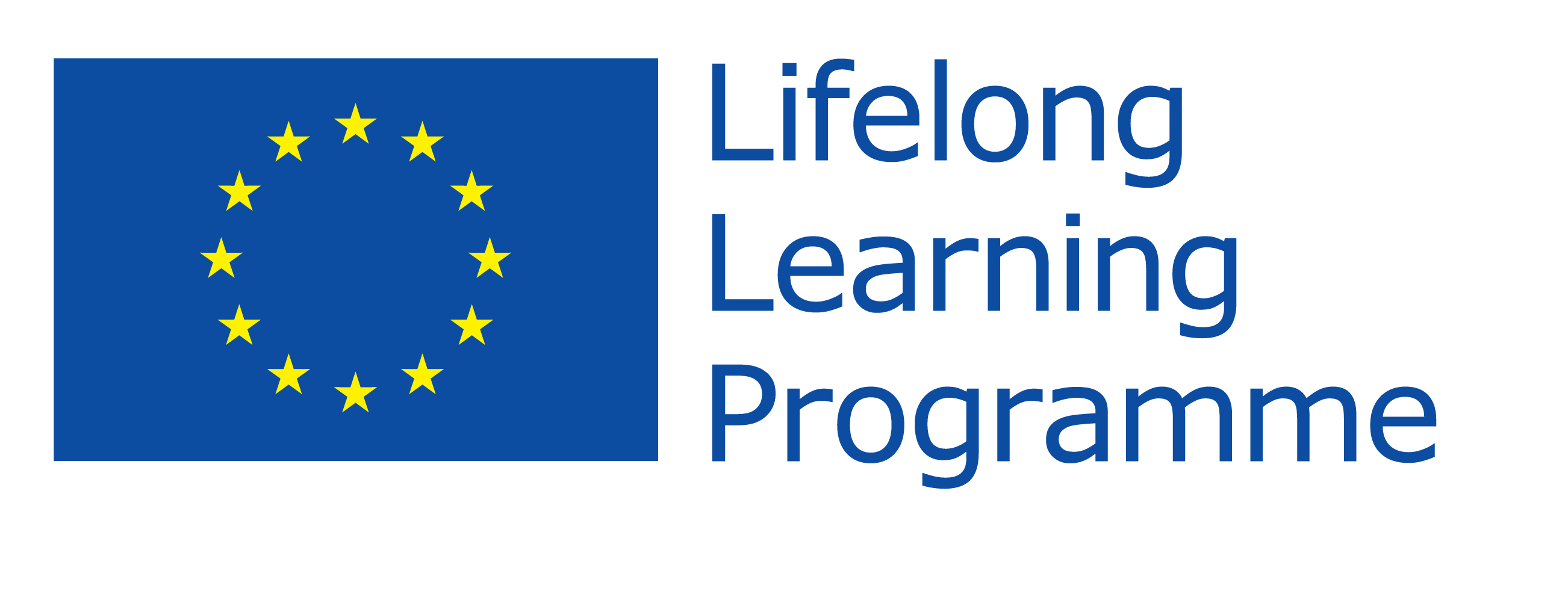"From Sound to Ultrasound: Multimedia based Pediatric Cardiology IP" LLP Erasmus-
15-26 April 2013 Heraklion, Crete, Greece
Participant Institutions:
Medizinische Universitaet Wien (AT)
Heinrich Heine Universitaet Duesseldorf (DE)
Friedrich-Alexander-Universitaet Elrangen-Nuernberg (DE)
Medizinische Universitaet Innsbruck (AT)
Kocaeli University School of Medicine (TR)
Medical School, University of Ioannina (GR)
Faculty of Medicine, University of Crete (GR)
Total Duration: 10 days (weekends not included)
Dates: 15-26 April 2013
Place: Medical School of Heraklion, Crete, Greece
Maximum number of participant students: 35 (5 from each participant Institution)
Language: English
Multimedia course: The course is based on modern digital stethoscope based reproduction of live cardiac auscultation recordings (not stimulator reproductions). High quality sound reproduction equipment is used, and all theoretical lectures are based on video demonstrations. The teacher by appropriate manipulation of heart sounds guarantees that all of the students understand and identify appropriately the abnormal sounds. Ultrasound images and videos greatly enhance the understanding of complex forms of congenital heart disease, and their associated auscultatory findings.
Interactive course The active participation of students is fundamental element of the course. Each student is asked to interpret the auscultatory findings of every recording, during the whole course and the further diagnostic workup of each "virtual" case. Furthermore participant students are asked to recognize the basic echocardiographic views and provided a supervised "hands on" experience in pediatric echocardiography.
Background
Clinical skills of medical students and junior doctors in cardiac auscultation have been described as rather suboptimal. Although echocardiographic evaluation can almost always effectively rule out the presence of congenital heart disease in children, the initial pediatric cardiac evaluation is still based on cardiac auscultation.
Bedside teaching of pediatric cardiac auscultation is a challenging task, due to the increased heart rate, breathing and motion artifacts and the reduced tolerance and fear of young children to prolonged evaluation by consecutive medical students. Furthermore, the rarity of academically active pediatric cardiologists and the low prevalence of congenital heart disease among pediatric patients, underscore the need for alternative methods of pediatric cardiac auscultation teaching.
The development of electronic stethoscopes allows for digital storing and reproducing of cardiac sounds, thus overcoming the limitations of live auscultation in terms of limited availability of pediatric cardiology services and corresponding patients. Further advantages of digital phonocardiography as a teaching tool are: the teacher can select a certain time interval for reproduction, use high or low pass filters on the original sound frequency spectrum so as to demonstrate better the characteristics of the abnormal sound. The student can hear the recording and have an excellent time orientation on cardiac cycle, as the graphic display allows for a concomitant visualization of heart sounds and an electrocardiogram recording of the patient.
Based on the acquisition of clinical skills in cardiac auscultation, the future doctor can proceed with a complete cardiovascular physical evaluation, family and personal history information and state whether an indication for further diagnostic workup is indicated (ultrasound). The IP course provides medical students a logical stepwise approach to the final diagnosis, which emphasizes the need for justified use of modern diagnostic methods, based on a thorough clinical evaluation (from sound to ultrasound).
IP Objectives
To establish a multimedia-based pediatric cardiology teaching course, with a stepwise presentation of basic principles of clinical evaluation (sound: "virtual" cardiac auscultation - digital phonocardiography) up to the final diagnostic tools (ultrasound: echocardiographic principles and associated findings). The teaching course is based on: a) interactive teaching b) "virtual" evaluation of pediatric cardiology cases based on high quality reproduction of cardiac sounds c) detailed presentation of associated echocardiographic findings d) brief presentation of the natural course, genetic background, treatment options following the initial clinical (sound) detection and final diagnosis (ultrasound).
Target groups
Undergraduate medical students and graduate doctors having basic knowledge of anatomy, embryology and physiology and further interest in the field of pediatric cardiology. Participant Professors with expertise in the field of pediatric cardiology, sound and ultrasound physics and related topics (genetics, epidemiology etc)
Main activities
Interactive, multimedia based teaching courses, using a "virtual" environment for reproduction of "sound" (auscultation) along with detailed presentation of associated "ultrasound" (echocardiographic findings). Virtual pediatric cardiac auscultation is based on a) high quality reproduction of digital phonocardiograms, corresponding to a wide spectrum of congenital heart disease associated auscultatory findings and innocent murmurs b) enhancement of the auscultatory findings through post-processing of recordings (including sound high and low pass filtering, repeated reproduction of selected intervals, graphic display of sound spectrograms against electrocardiogram tracking line etc). Special emphasis will be given in the presentation of echocardiography as a widely available diagnostic tool in pediatric cardiology, while representative echocardiographic images of selected cases will be presented throughout the course. The main activities will be focused on clinical (sound) and non-invasive diagnosis (ultrasound) but further information regarding genetic background of congenital heart disease, common forms of acquired heart disease in childhood and treatment options (catheter interventions, surgical approaches) will be also addressed.
Expected outputs
1) Validation of multimedia based "virtual" pediatric cardiology teaching approach by participant students (based on achievement of specific clinical skills) and teachers
2) Exchange of experiences in pediatric cardiology teaching among participant Institutions
3) Incorporation of teaching practices of IP course in the curriculum of participant Institutions
4) Future academic co-operations in the wider field of pediatric cardiology
Expected learning outcomes
1) Achievement of measurable clinical skills by students, including ability to correctly differentiate innocent from abnormal heart murmurs, describe additional cardiac sounds, correctly state a referral indication for echocardiography based on auscultatory findings.
2) Basic knowledge of anatomic malformation related auscultatory findings of congenital heart disease. Interpretation of echocardiographic images, knowledge of ultrasound methods of assessment of myocardial function and anatomy.
3) Basic knowledge of embryology, physiology, natural course and treatment options of most common and life threatening forms of congenital and acquired pediatric heart disease.

Disclaimer: The content of the publication is the sole responsibility of the publisher and the European Commission is not liable for any use that may be made of the information
PCIP 2013 Grant agreement reference number: 2012-1-GR1-ERA10-10626
















